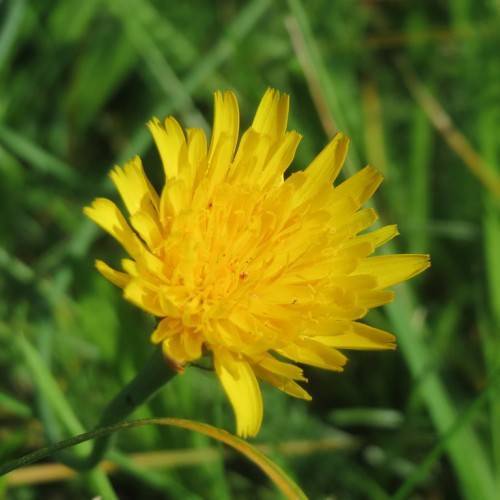
false dandelion
Hypochaeris radicata
Cycle:
Herbaceous Perennial
Watering:
Average
Hardiness Zone:
4
Flowers:
Flowers In Summer
Sun:
deep shade,filtered shade,full sun only if soil kept moist,part sun/part shade
Soil:
Humus rich
Fruits:
Fruits In Autumn Ready In Fall
Leaf:
Yes
Growth Rate:
High
watering
Watering should be done regularly to ensure optimal plant health and growth. Most varieties of hosta require regular watering, especially during its active growing season which is usually spring to fall. It should be watered deeply, usually every 7 to 10 days when conditions are warm and dry. During periods of extreme heat, they may need more frequent watering. Watering should be adjusted according to the weather and soil conditions. If the soil is very dry, then water more often. If the soil is soggy, then water less. It is also important to watch the leaves for signs of wilting or yellowing, which can indicate the need for an additional watering.
sunlight
Hostas require moderate to bright indirect light throughout the growing season—generally between 4 to 6 hours of gentle, indirect sunlight each day. Avoid direct sun, as this can cause leaf scorch and discoloration. Place in a bright north-, east-, or west-facing window to provide bright, indirect light. Hostas do not tolerate full sun, especially during the summer months.
pruning
When it comes to pruning hosta, the best rule of thumb is to wait until the plant is done blooming and then prune off any dead foliage. Generally, this is done at the end of the summer season, when the foliage has died off naturally and the plant is preparing to enter its dormant period. You can also clean up any damaged or dead foliage throughout the growing season. As for how much to prune back, it is best to only remove dead growth or foliage that is damaged or diseased. Any pruning done during the growing season should be minimal so as to not cause any undue stress to the plant.
